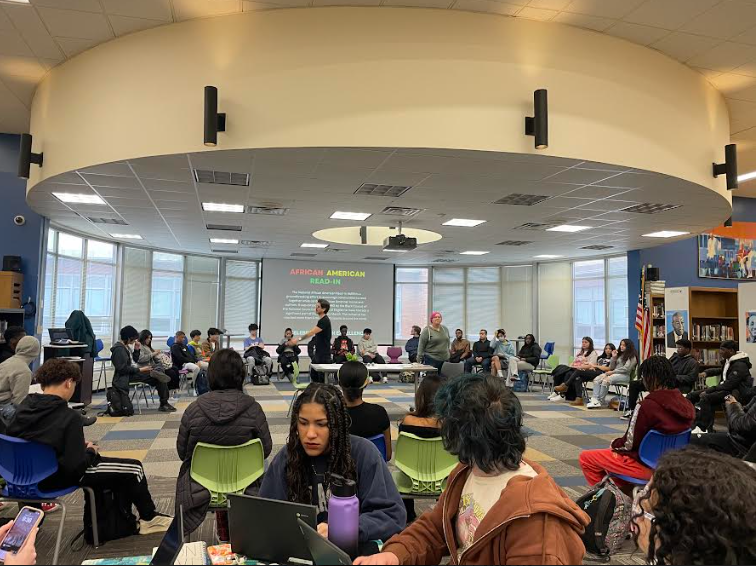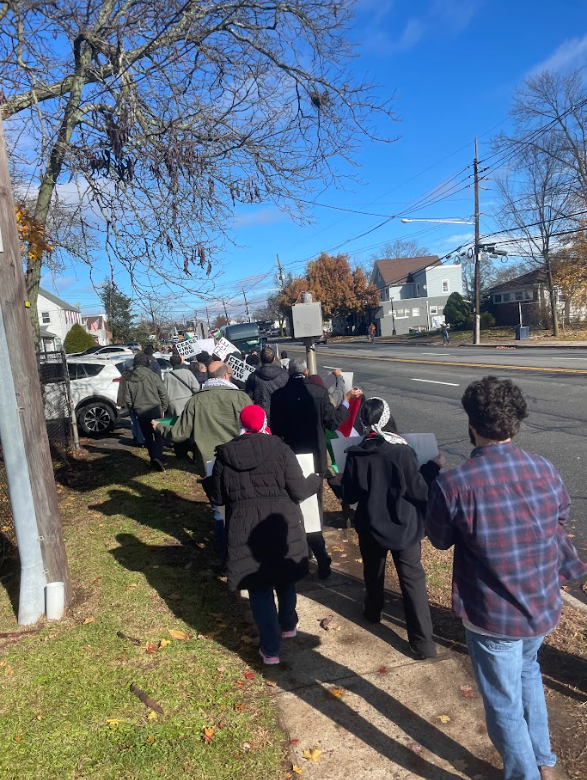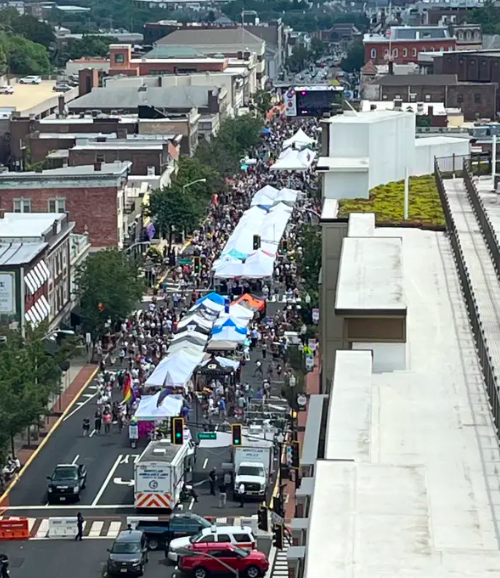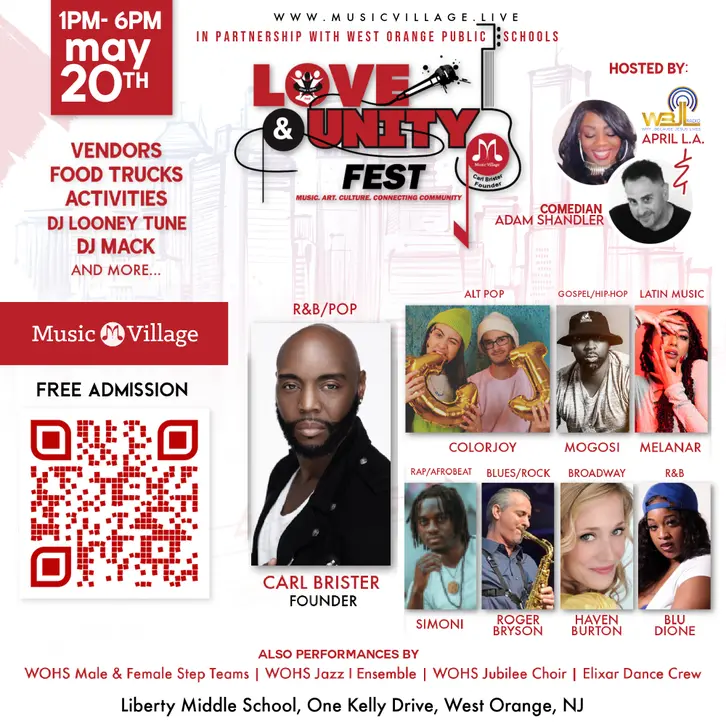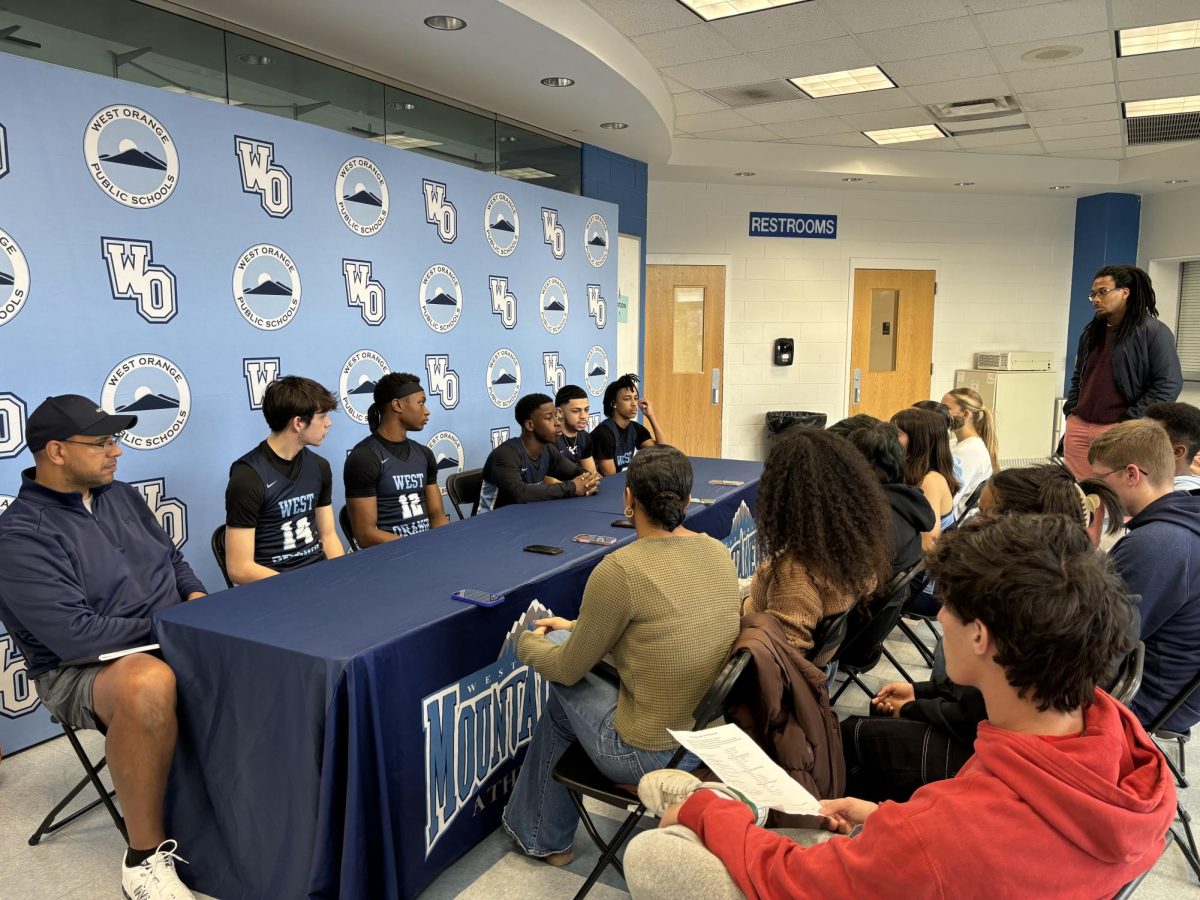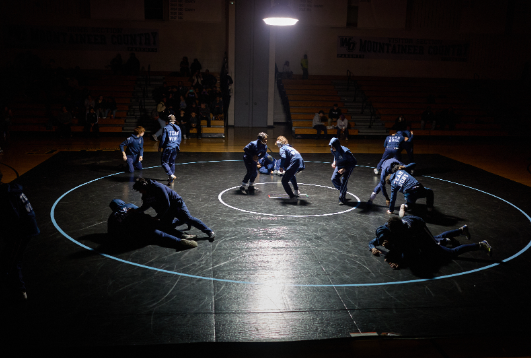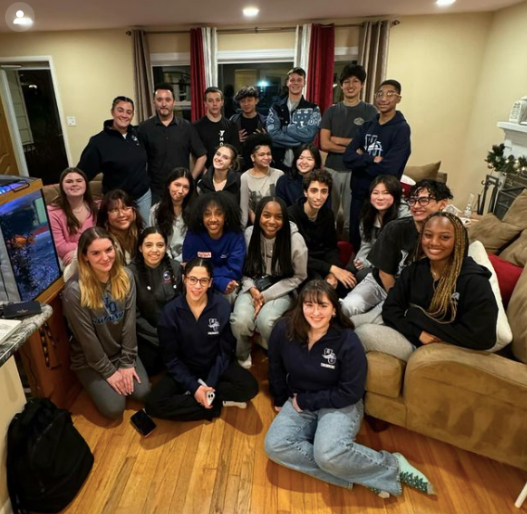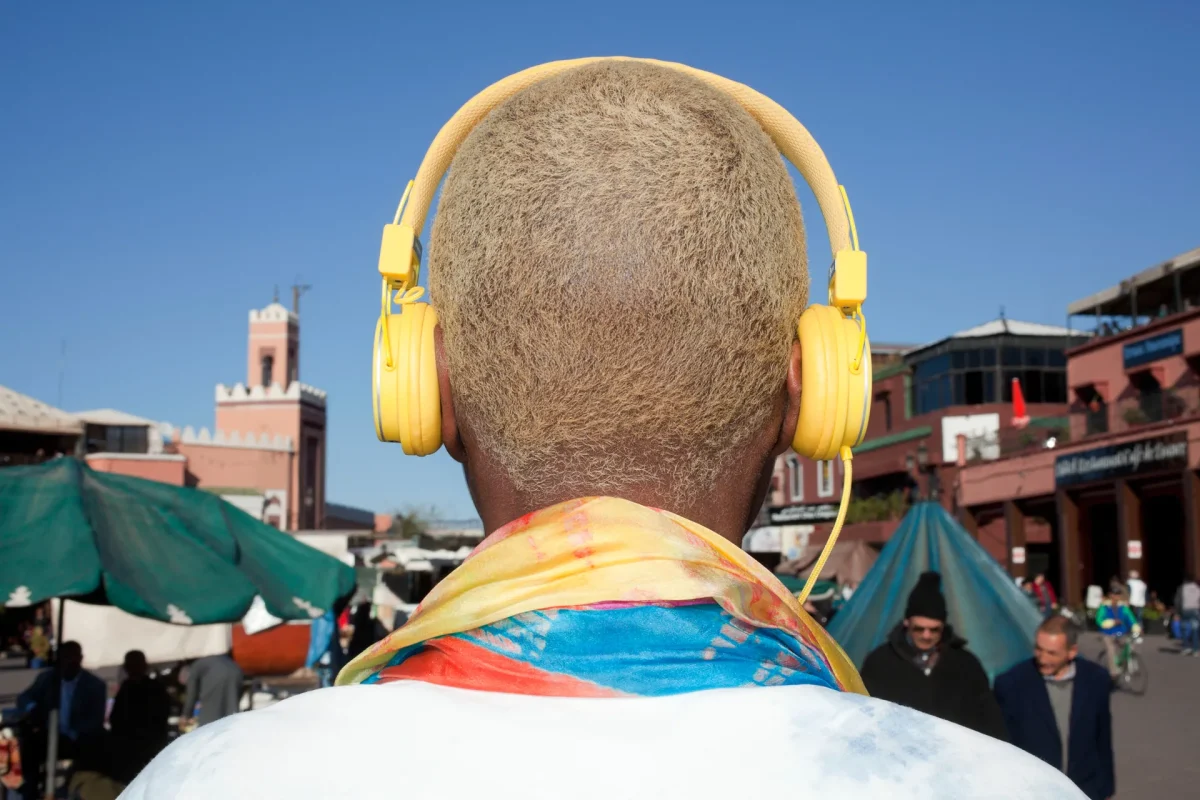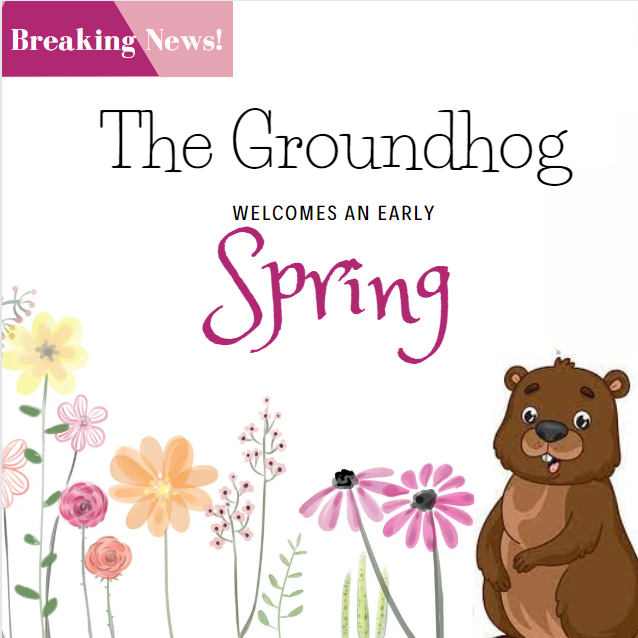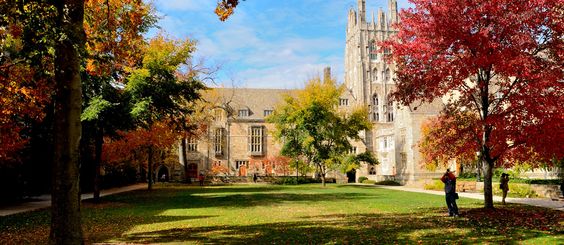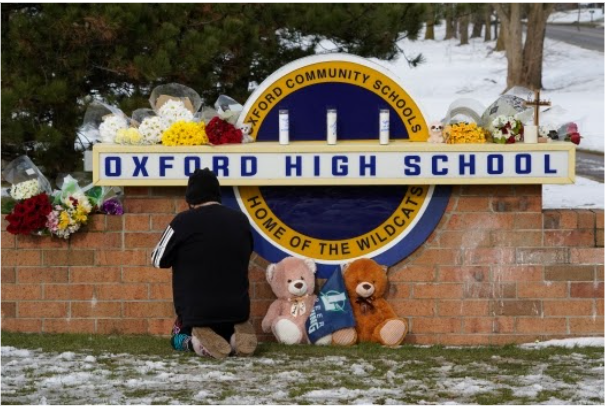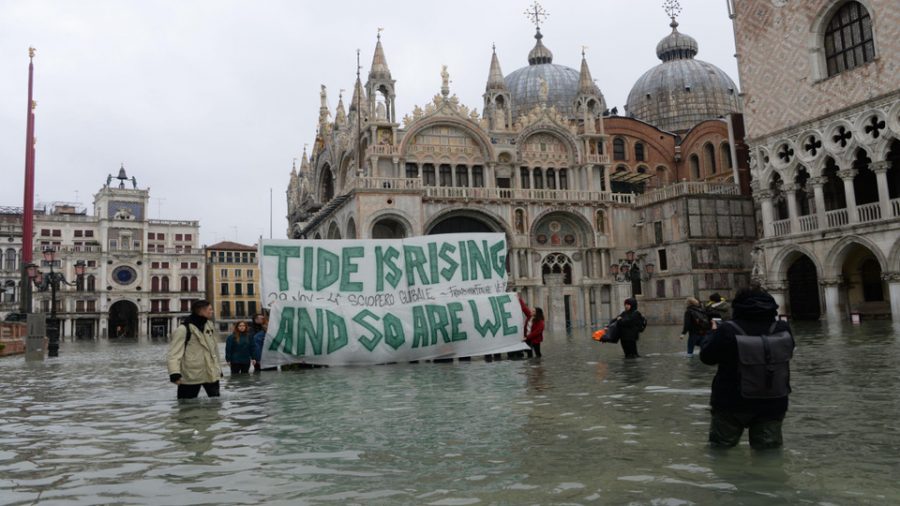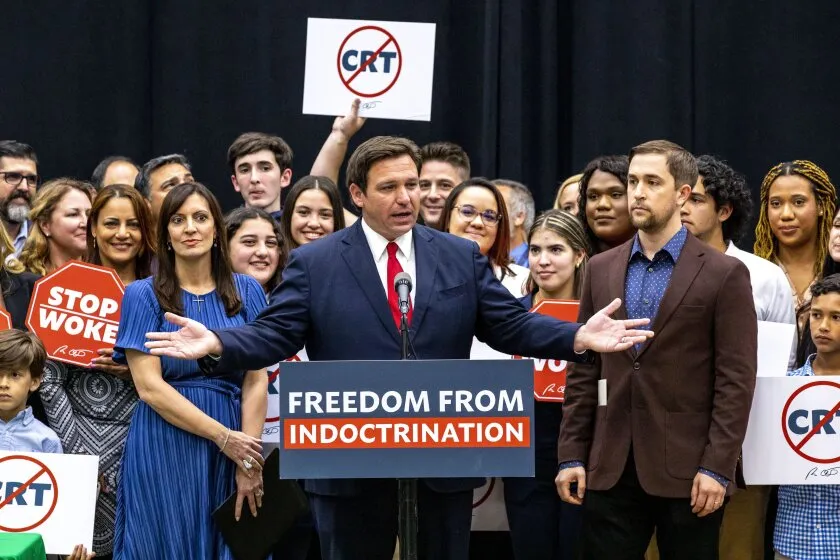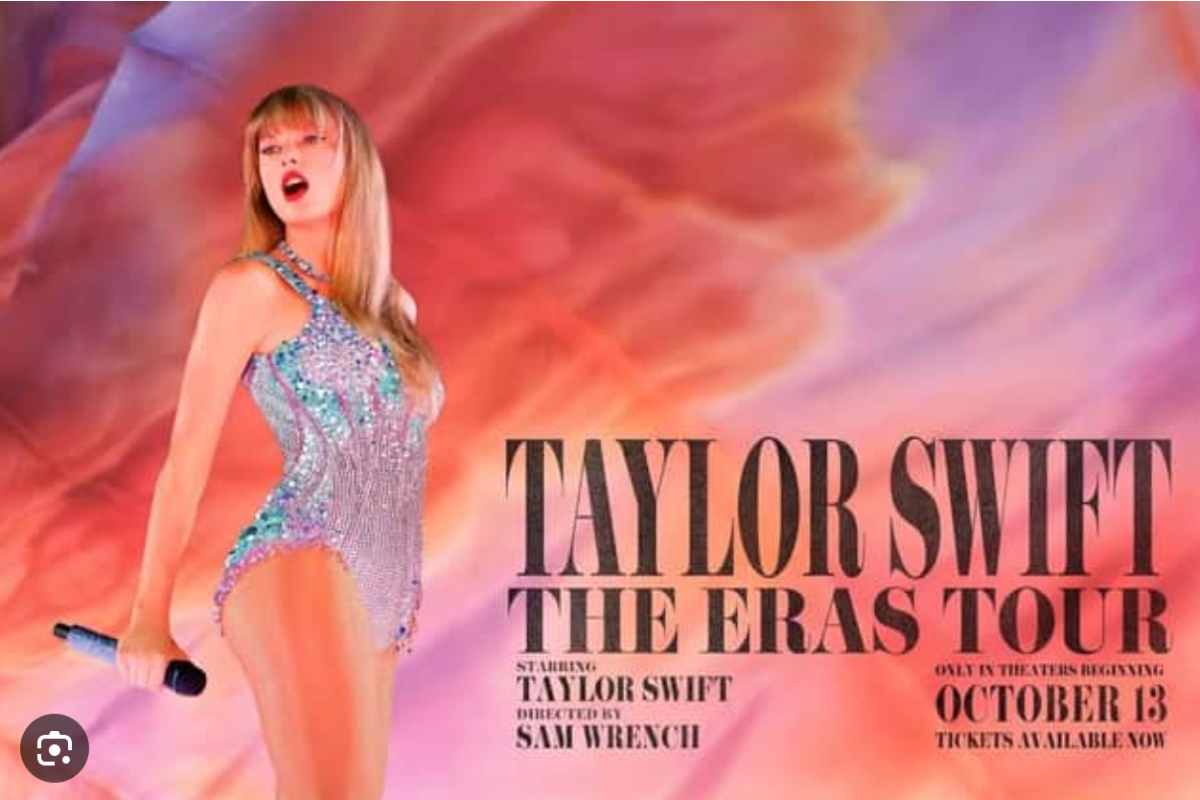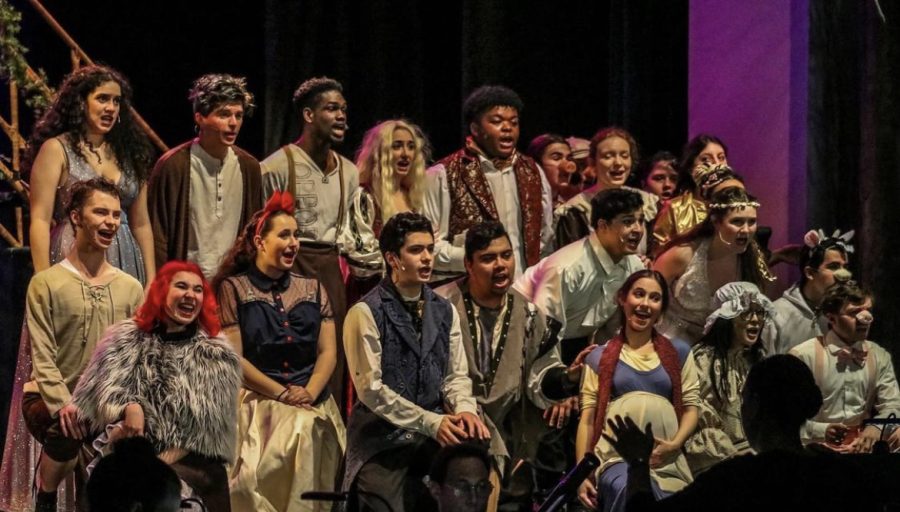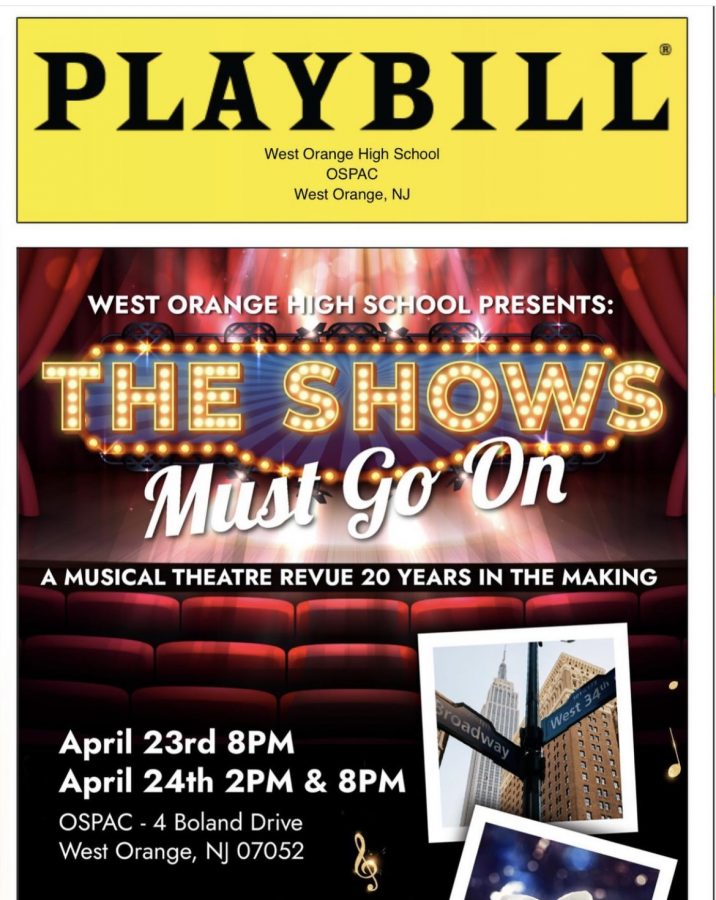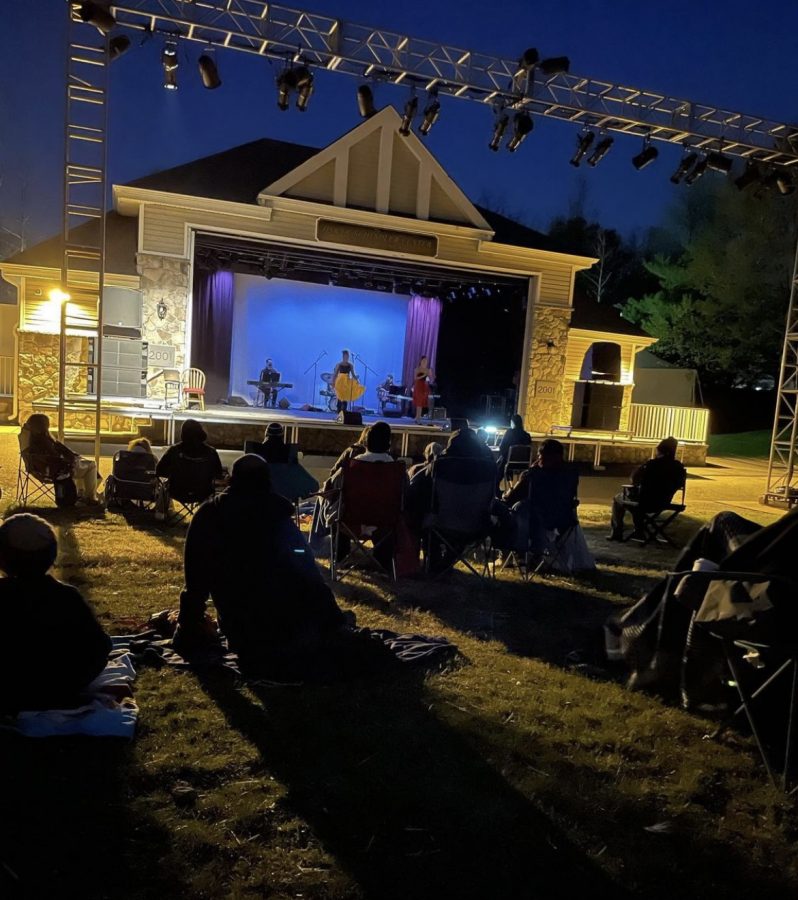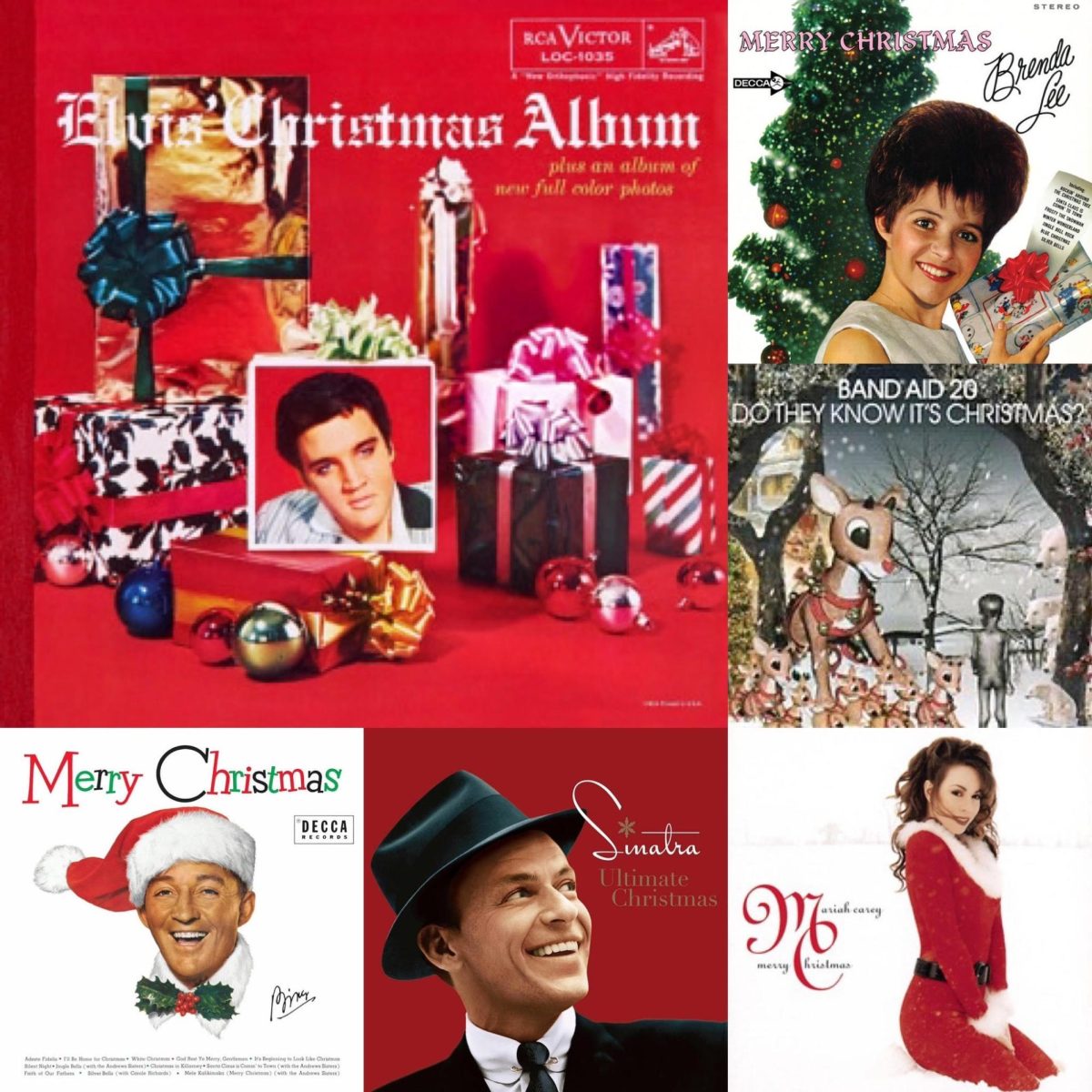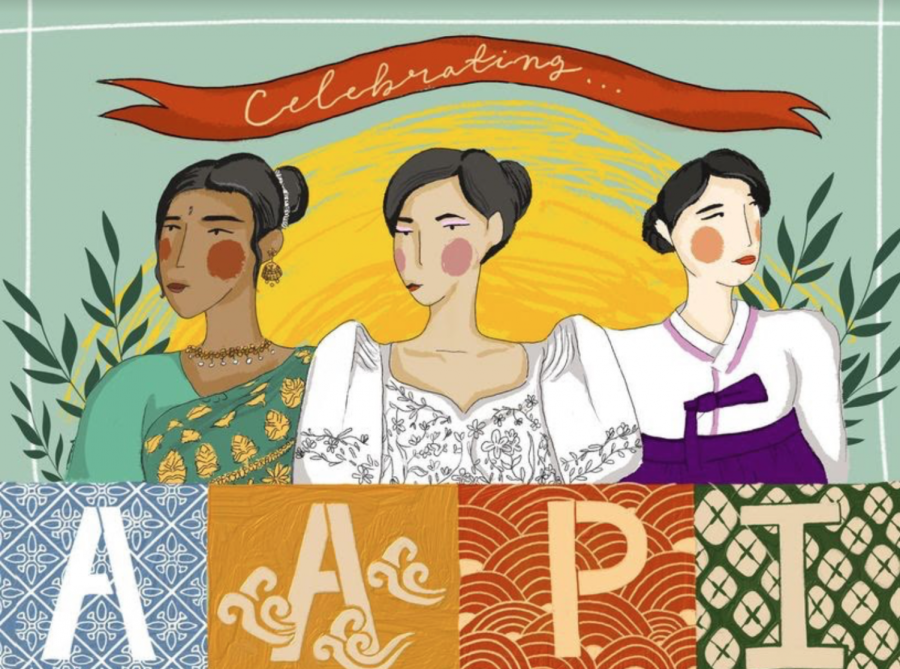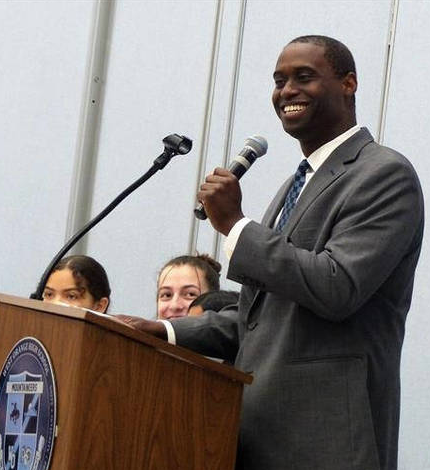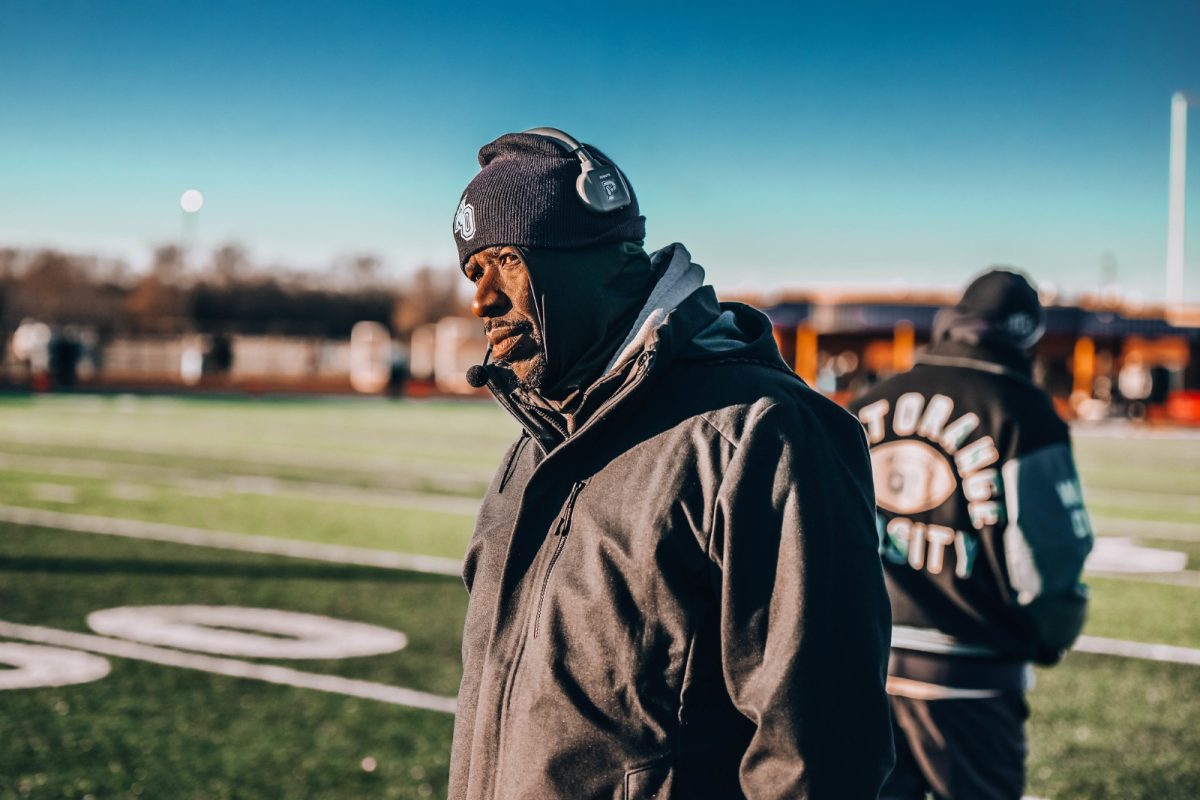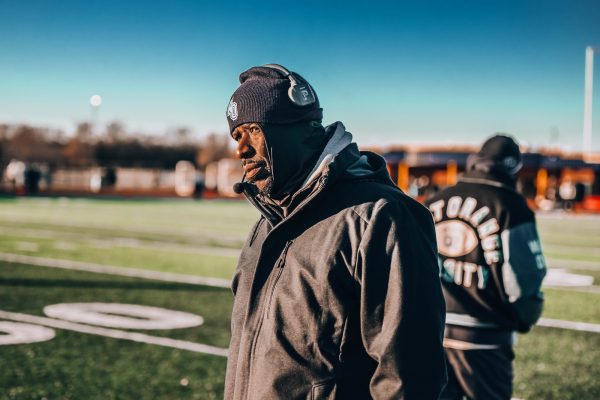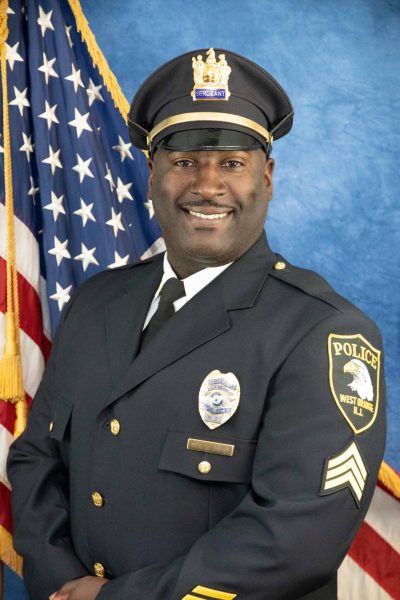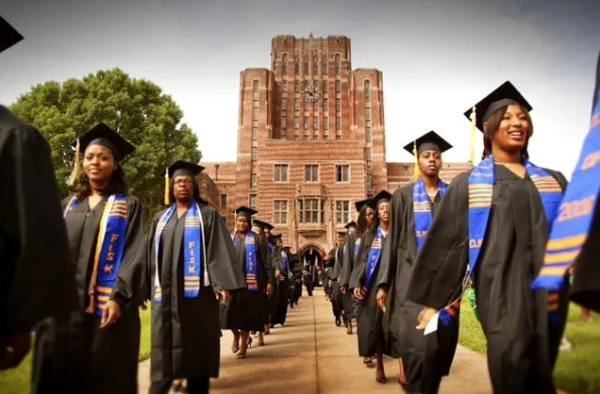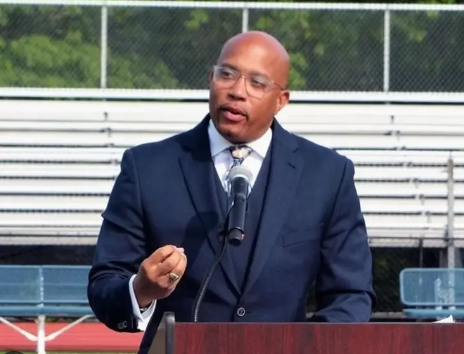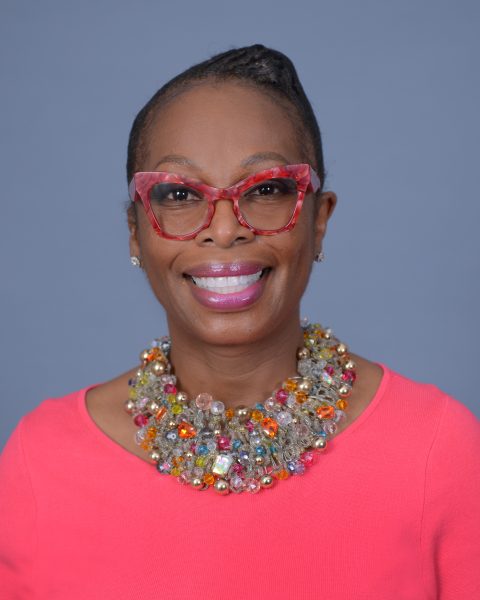The Harlem Renaissance
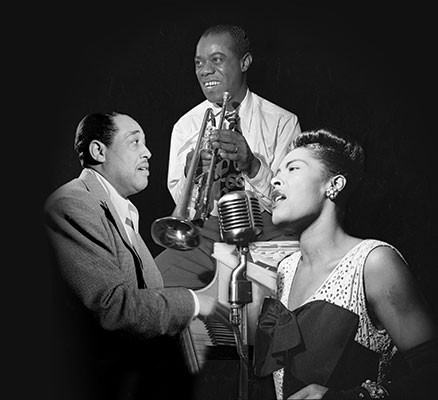
(from left to right) Harlem Renaissance musicians Duke Ellington, Louis Armstrong, and Billie Holiday
The Harlem Renaissance was the flourishing of African American communities and culture in the 1920s. It all began with the Great Migration, where millions of African Americans migrated to the northern, western, and midwestern parts of the United States. This historic cultural era led to some of the most influential writers, artists, and musicians in American history. From jazz music, blues, poetry, fashion, dance, and writing, culture thrived throughout African American communities. African Americans took pride in themselves and expressed their triumphs and struggles through the many different art forms.
Some of the most notable people who made a name for themselves during the Harlem Renaissance era are Louis Armstrong, Ella Baker, Langston Hughes, Bessie Smith, W.E.B Du Bois, Marcus Garvey, Ella Fitzgerald, Jessie Fauset, Duke Ellington, and many more.
Louis Armstrong and Duke Ellington are revered for their contributions to jazz, as they were masters of the trumpet and piano, respectively.
W.E.B Du Bois, Marcus Garvey, and Ella Baker were all famous political activists of their time. Ella Fitzgerald, aka the “Queen of Jazz,” was a renowned jazz singer known for her excellent voice. Ella Fitzgerald worked with Louis Armstrong for years, making songs like “Love is Here to Stay” and “Summertime.”
Langston Hughes and Jessie Redmon Fauset were popular poets. Langston Hughes is known for poems like “Harlem” and “The Weary Blues,” which both follow a similar theme of the pursuit of racial equality and acceptance. Jessie Fauset wrote novels, one of which is called There is Confusion. The story with themes such as discrimination and racial barriers.
One of the most famous art pieces that came from the Harlem Renaissance is “The Trial of John Brown” by Horace Pippin. For some context to the painting, John Brown was an abolitionist who was put on trial for treason against the state of Virginia. He was accused of inciting a slave rebellion, and due to this, he was put on trial, where he would later go on to be executed. This story and the iconic painting showcased the strong racial division that existed during the 1800s.
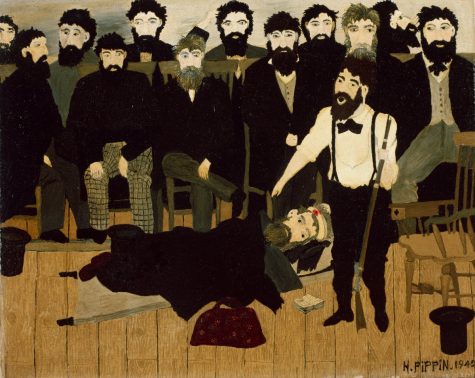
The Harlem Renaissance is celebrated because of its cultural significance to American history. It allowed African Americans to be represented and acknowledged in a positive light. The influence of the Harlem Renaissance era can be seen to this very day, a century later.



